Rivers are often seen as beautiful symbols of nature’s power and tranquility. You might envision them as pristine bodies of water meandering through lush landscapes. However, the truth is that many American rivers are far more polluted than you might realize. These waterways face challenges from industrial waste, agricultural runoff, and urban development, significantly impacting the environment and surrounding communities. Let’s take a closer look at 15 American rivers that are in dire need of attention and action.
1. Mississippi River
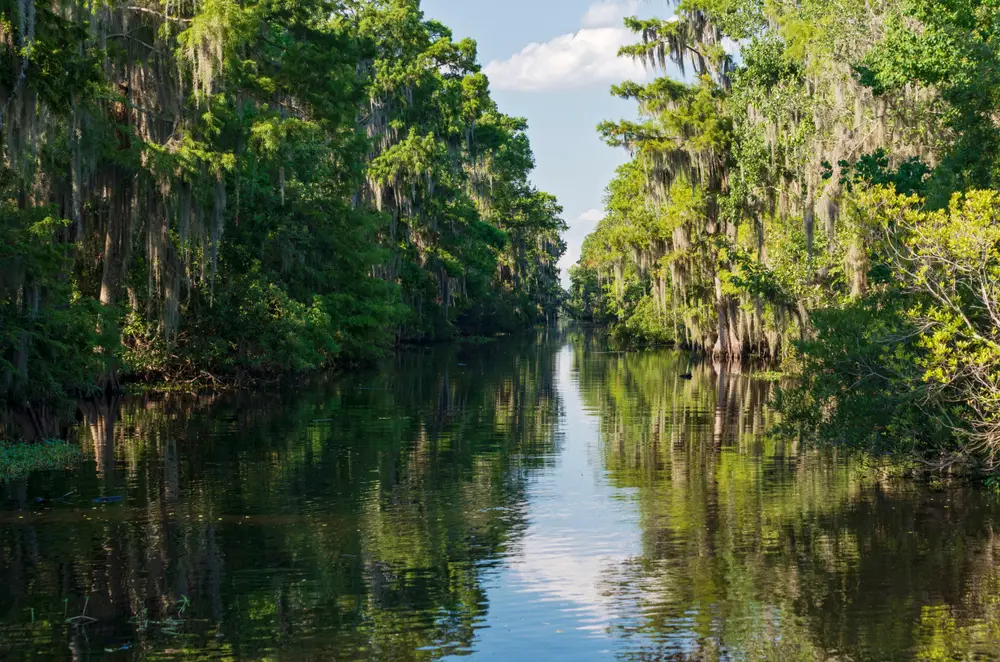
The Mississippi River is iconic, coursing through the heart of the United States and touching ten different states. Yet, beneath its majestic surface lies a troubling story of pollution. Agricultural runoff is a major problem, with fertilizers and pesticides washing into the river and creating “dead zones” that lack sufficient oxygen for marine life. A study by the Environmental Protection Agency highlights that this runoff is one of the main reasons for the river’s poor health. It’s vital to address these issues to ensure the Mississippi remains a vital resource for agriculture, industry, and recreation.
Industrial pollution also contributes significantly to the Mississippi’s challenges. Factories along its banks have historically dumped waste directly into the river, leading to contamination with heavy metals and other toxins. This pollution not only affects the river’s ecosystem but also poses risks to the millions of people who rely on it for drinking water. Efforts to clean up the river are underway, but progress is slow. Public awareness and policy changes are crucial to restoring the health of this mighty river.
2. Ohio River
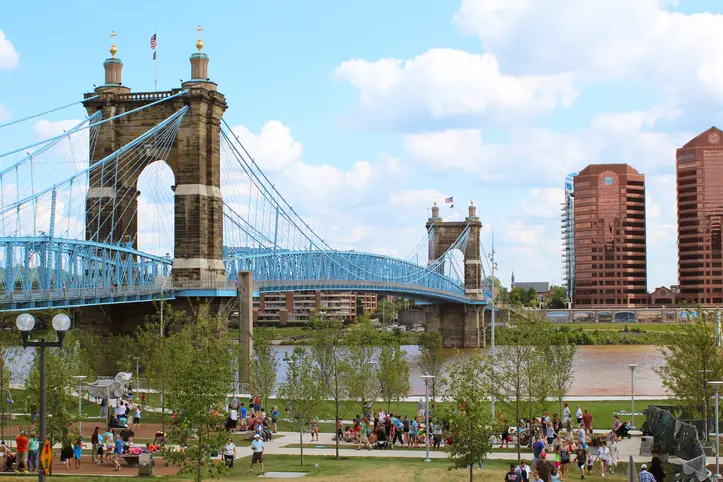
The Ohio River stretches over 980 miles, making it a significant tributary of the Mississippi River. Despite its importance, the Ohio River is one of the most polluted in the United States. Industrial discharge and sewage overflows have led to high levels of pollutants, including mercury and PCBs. These toxic substances can accumulate in the river’s aquatic life, posing serious health risks to humans and wildlife alike. Communities along the river are working to implement better wastewater management practices to address these issues.
The river’s pollution problems are compounded by agricultural runoff. Fertilizers and pesticides from farms contribute to nutrient pollution, leading to harmful algal blooms. These blooms can produce toxins that affect drinking water quality, making it unsafe for consumption. To combat this, farmers are encouraged to adopt sustainable practices, such as cover cropping and buffer zones. Collaborative efforts between policymakers, industries, and communities are essential for the Ohio River’s future health.
3. Cuyahoga River
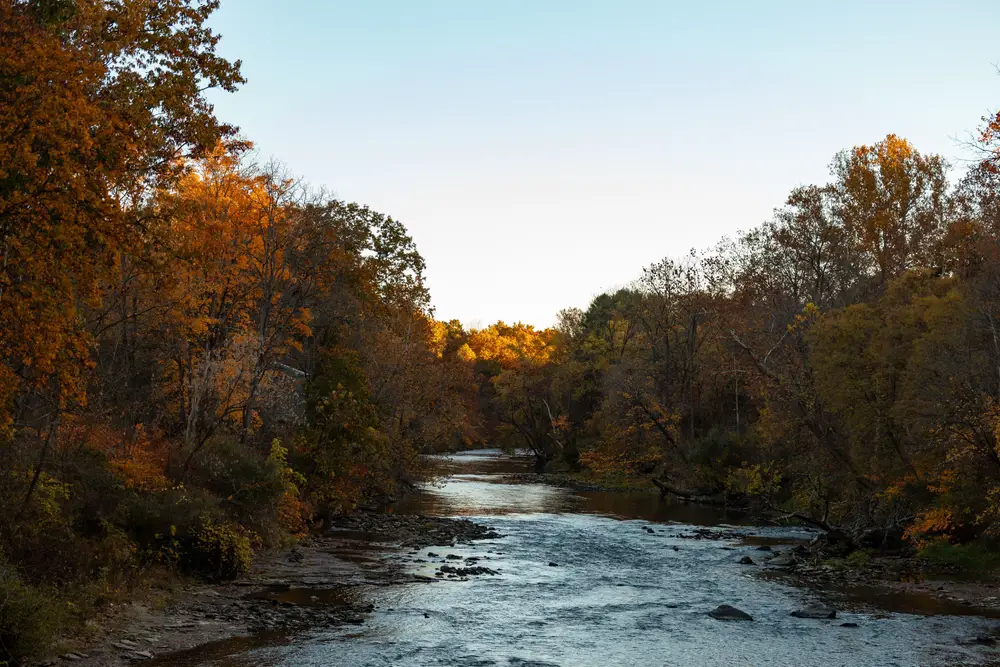
The Cuyahoga River gained notoriety in 1969 when it caught fire due to extreme pollution levels. This event became a catalyst for the environmental movement and highlighted the urgent need for regulation. Today, while the river is cleaner than it was decades ago, it still faces significant pollution challenges. According to Dr. John Hartig, an environmental scientist, improvements are ongoing, but urban runoff and industrial discharges continue to impact water quality. Continued efforts and community involvement are necessary to fully rehabilitate the Cuyahoga.
Sedimentation is another issue affecting the river. Construction activities and land development contribute to increased sediment in the water, disrupting habitats and harming aquatic life. Erosion control measures and smart urban planning are critical to addressing this problem. The river’s recovery is a testament to the progress that can be made with dedication and resources. However, the Cuyahoga reminds us that vigilance is required to prevent backsliding into past environmental mistakes.
4. Colorado River
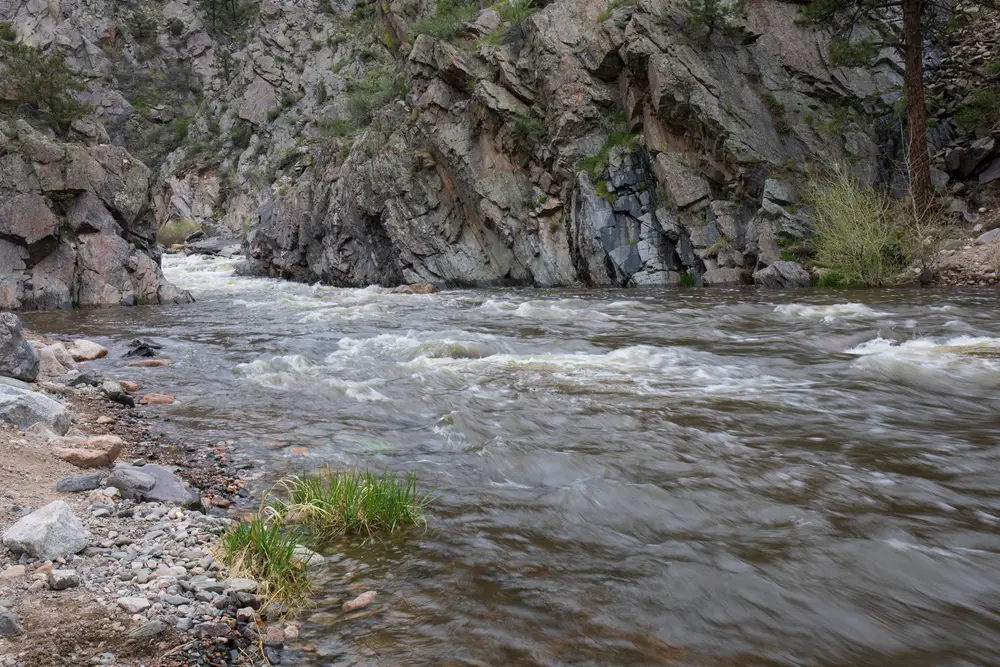
The Colorado River is a lifeline for the southwestern United States, supplying water to millions of people and extensive agricultural lands. Unfortunately, it’s also one of the country’s most endangered rivers. Over-extraction of water, combined with pollution, has severely stressed the river’s ecosystem. Urban runoff and agricultural practices introduce contaminants that affect both water quality and the species that depend on the river. Conserving this precious resource requires a balance between human needs and environmental preservation.
Salinity levels are a particular concern for the Colorado River. Agricultural runoff and natural mineral deposits contribute to increased salinity, affecting water usability for agriculture and human consumption. Desalination and improved irrigation practices are among the strategies being pursued to address this issue. Partnerships between the states that rely on the river are crucial for sustainable management. Preserving the Colorado River is vital for the region’s ecological and economic health.
5. Hudson River
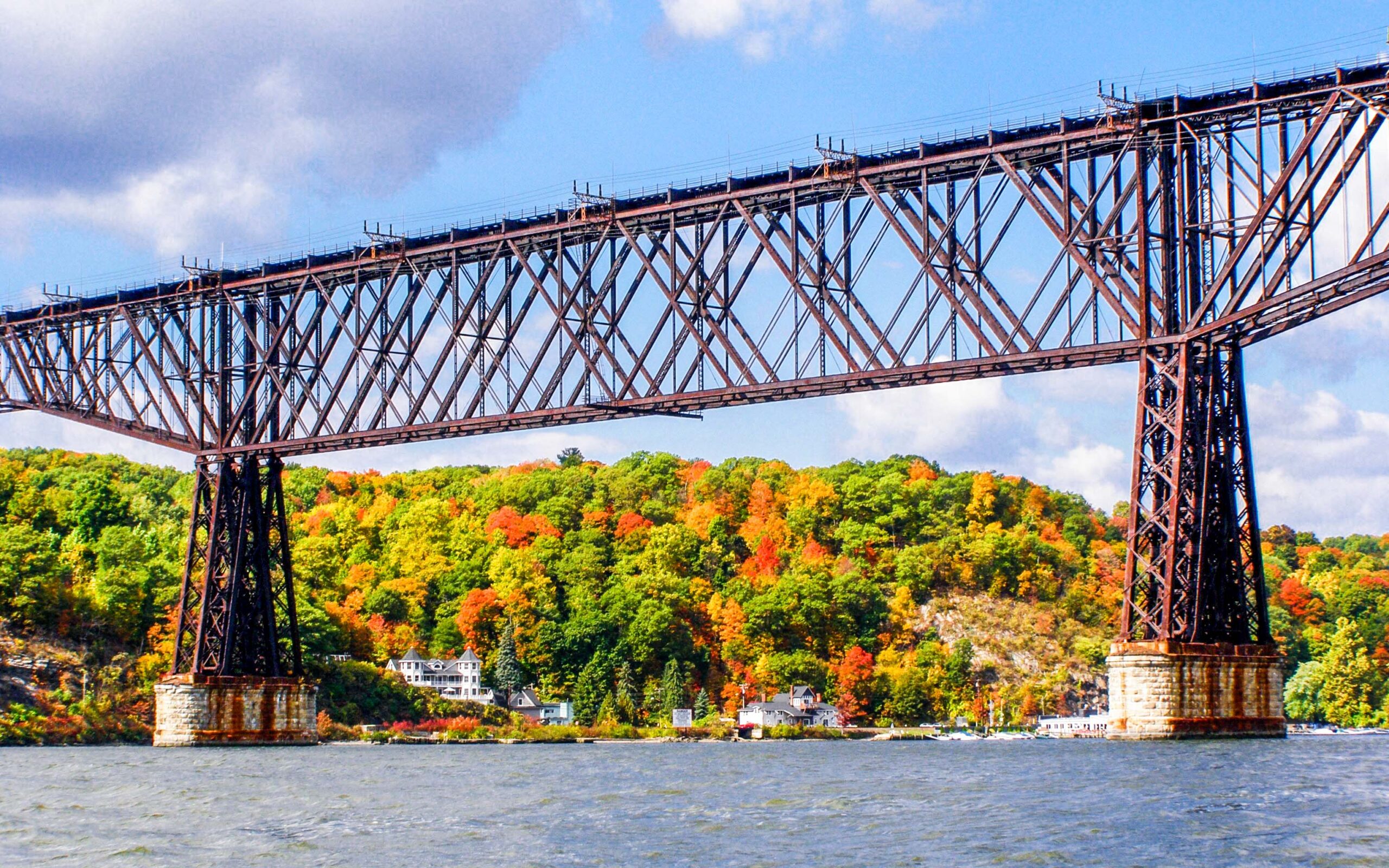
The Hudson River is a cultural and historical icon, winding through New York State and into the heart of New York City. Despite its significance, industrial pollution has long plagued the Hudson. In particular, PCBs dumped by manufacturing plants have left a lasting mark on the river’s ecosystem. According to research published by the National Oceanic and Atmospheric Administration, PCB contamination remains one of the most significant challenges for the Hudson. Efforts to clean the river are ongoing, but the process is complex and costly.
Beyond industrial pollutants, urban runoff is a pressing concern for the Hudson. As cities along the river expand, stormwater carrying oil, metals, and other contaminants finds its way into the water. This exacerbates existing pollution issues and complicates efforts to improve water quality. Green infrastructure projects, like permeable pavements and green roofs, are being implemented to address stormwater management. Protecting the Hudson requires a commitment to sustainable urban development and pollution prevention.
6. Potomac River
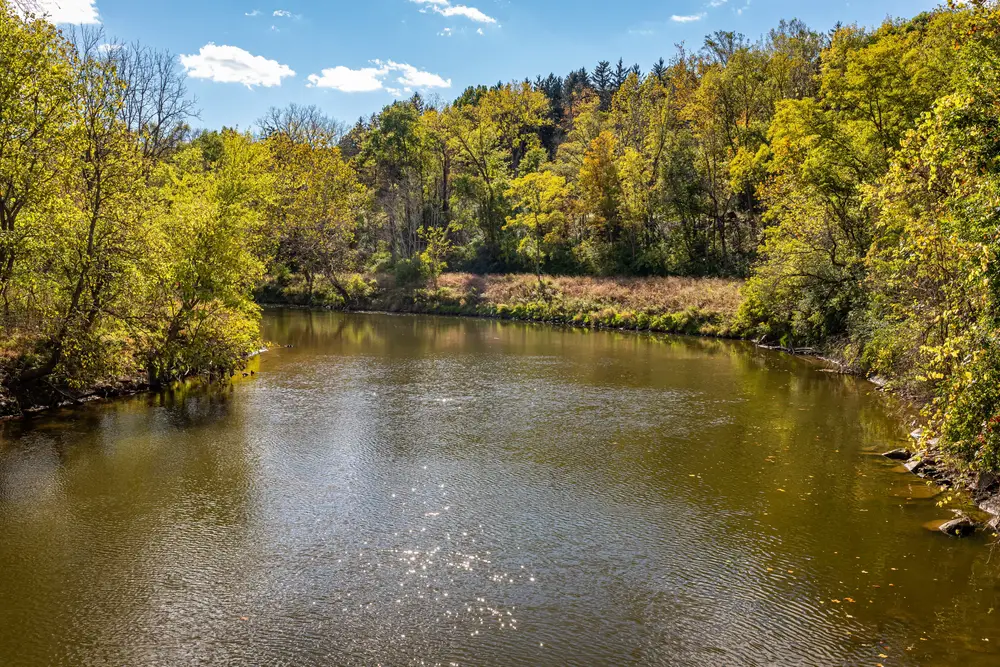
The Potomac River serves as a crucial water source for the Washington, D.C., metropolitan area. However, pollution from urban areas and agriculture has taken a toll on the river’s health. Nutrient pollution, particularly nitrogen and phosphorus from fertilizers, has led to excessive algal growth. These algal blooms decrease water quality and can produce toxins harmful to aquatic life and human health. Addressing this issue requires coordinated efforts between policymakers, farmers, and communities.
Sediment pollution is another significant challenge for the Potomac. Construction and deforestation contribute to erosion, increasing sediment loads in the river. This sediment can smother aquatic habitats and disrupt the ecosystem. Implementing better land management practices and erosion control measures are essential for reducing sediment pollution. Through collective action, the Potomac can be restored to a healthier state for future generations.
7. Delaware River
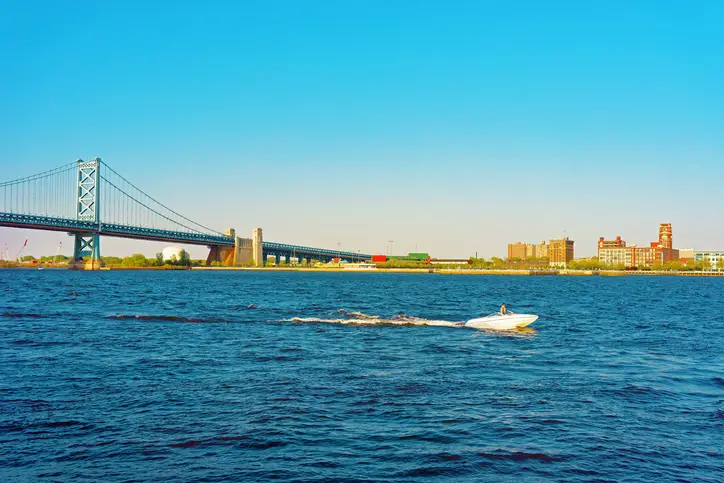
Flowing through five states, the Delaware River is a vital water source for over 15 million people. Despite its importance, pollution from various sources has compromised its water quality. Industrial activities, particularly in urban areas, contribute significant amounts of toxins to the river. According to Dr. Beth Kinne, an environmental policy expert, legacy pollutants like PCBs and heavy metals continue to affect the river despite cleanup efforts. Protecting the Delaware requires both addressing historical pollution and preventing new sources from emerging.
Agricultural runoff also poses a challenge to the Delaware River’s health. Fertilizers and pesticides from farms introduce excess nutrients and chemicals into the water. This not only affects water quality but also leads to eutrophication, which can harm aquatic life. Implementing sustainable farming practices is crucial for reducing this type of pollution. With concerted efforts, the Delaware River can continue to serve as a vital resource for the region.
8. Tennessee River
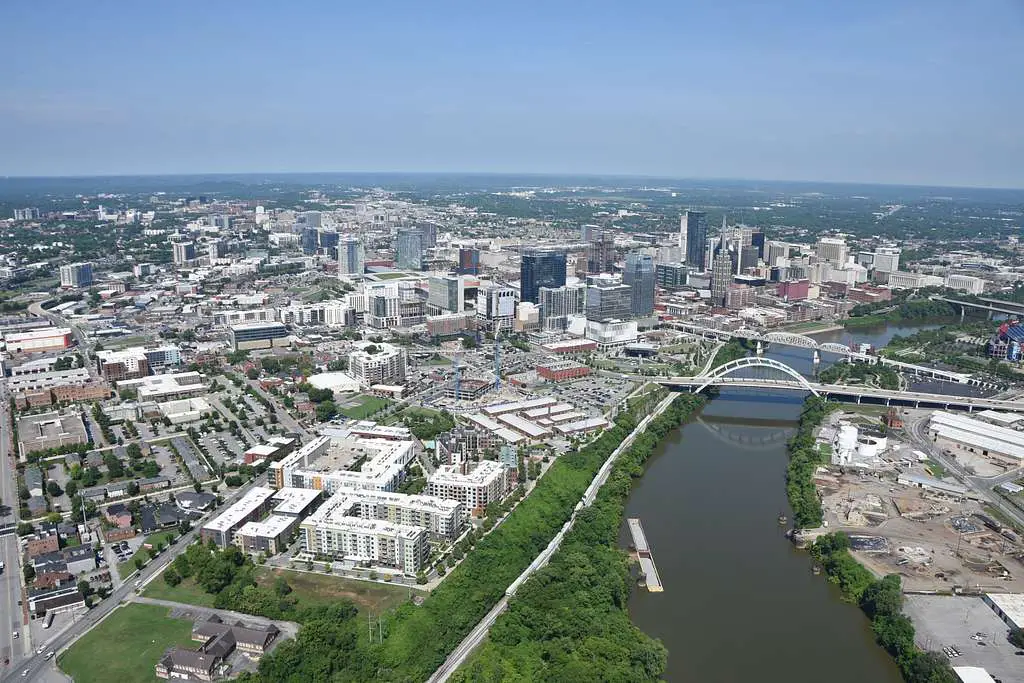
The Tennessee River is a critical waterway in the southeastern United States, supporting diverse ecosystems and economic activities. However, pollution from industrial discharges and agricultural runoff has raised concerns about water quality. Heavy metals and other contaminants from factories can accumulate in the river, posing risks to both wildlife and human health. The river also suffers from nutrient pollution due to excess fertilizers washing off agricultural lands. Addressing these issues is vital to maintaining the river’s ecological and economic importance.
One significant challenge for the Tennessee River is sedimentation. Deforestation and land development contribute to increased erosion, sending large amounts of sediment into the river. This sediment can disrupt habitats and affect the river’s flow, impacting species that depend on clear water. Restoration efforts focus on improving land management practices to reduce sediment loads. By tackling these pollution problems, the Tennessee River can be preserved for future generations to enjoy.
9. Susquehanna River

The Susquehanna River is a vital waterway in the northeastern United States, serving as a significant tributary to the Chesapeake Bay. Despite its importance, the river faces pollution challenges from various sources. Agricultural runoff is a primary concern, with fertilizers and manure introducing excess nutrients into the water. These nutrients contribute to algal blooms, which can deplete oxygen levels and harm aquatic life. Efforts to reduce nutrient pollution focus on encouraging sustainable farming practices and better land management.
Urban runoff also affects the Susquehanna River’s health. As cities along the river grow, stormwater carries pollutants from streets and parking lots into the water. This runoff can contain oil, metals, and other contaminants that degrade water quality. Implementing green infrastructure and stormwater management practices can help mitigate this issue. Collaborative efforts between communities and policymakers are essential to restoring the Susquehanna’s health.
10. Missouri River
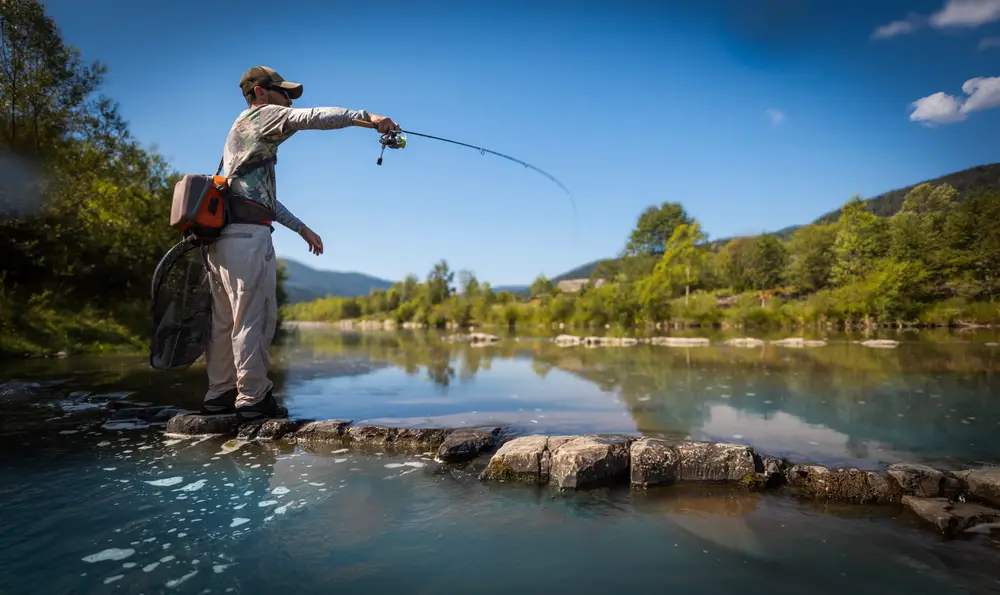
The Missouri River is the longest river in North America, stretching over 2,300 miles. It plays a crucial role in transportation, agriculture, and recreation. However, pollution from industrial activities and agricultural runoff has impacted its water quality. Fertilizers and pesticides from farms wash into the river, contributing to nutrient pollution and algal blooms. Addressing this issue requires promoting sustainable agriculture and better land use practices.
Sedimentation is another challenge facing the Missouri River. Erosion from deforestation and land development sends large amounts of sediment into the water, disrupting habitats and affecting aquatic life. Efforts to control erosion and restore ecosystems are critical to improving water quality. The Missouri River’s health is vital for the communities and industries that rely on it. By addressing pollution challenges, the river can continue to serve as a vital resource for generations to come.
11. Illinois River

The Illinois River is an essential waterway for the state, providing water for communities and supporting a diverse ecosystem. Unfortunately, pollution from agricultural and industrial sources has compromised its water quality. Nutrient runoff from fertilizers and manure is a significant concern, leading to algal blooms and low oxygen levels. These conditions can harm fish and other aquatic life, affecting the river’s ecological balance. Efforts to reduce nutrient pollution focus on promoting sustainable farming practices and improving wastewater management.
Industrial pollution also plays a role in the Illinois River’s challenges. Factories along the river have historically discharged waste into the water, contributing to contamination with heavy metals and other toxins. While regulations have reduced some of this pollution, legacy contaminants persist in the river’s sediments. Cleanup efforts are ongoing, but addressing historical pollution is a complex and costly process. Protecting the Illinois River requires a multifaceted approach to pollution prevention and remediation.
12. Sacramento River

The Sacramento River is a vital water source for California, supplying water to millions of people and supporting agriculture and industry. However, pollution from urban runoff and agricultural activities threatens its health. Nutrient pollution from fertilizers can lead to harmful algal blooms, affecting water quality and aquatic life. Addressing this issue requires implementing sustainable farming practices and improving land use management. Protecting the Sacramento River is crucial for ensuring a reliable water supply for the state.
Urban development along the river contributes to stormwater pollution. As cities grow, stormwater carries contaminants like oil, metals, and trash into the river, degrading water quality. Green infrastructure and better stormwater management practices are essential for reducing this type of pollution. Collaborative efforts between communities, industries, and policymakers are necessary to protect the Sacramento River. Ensuring its health is vital for California’s economy and environment.
13. Arkansas River
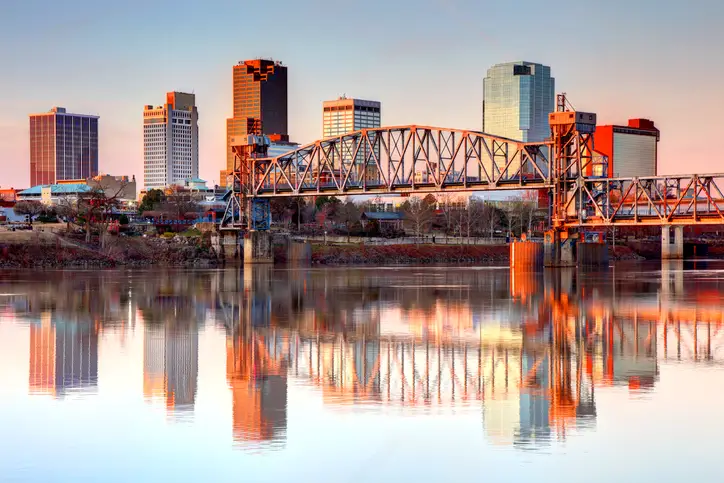
The Arkansas River flows through four states, serving as a vital waterway for transportation, agriculture, and recreation. However, pollution from industrial activities and agricultural runoff has impacted its water quality. Heavy metals and other contaminants from factories pose risks to both wildlife and human health. Nutrient pollution from fertilizers contributes to algal blooms, which can harm aquatic life and affect water usability. Addressing these issues is crucial to maintaining the river’s ecological and economic importance.
Sedimentation is another significant challenge for the Arkansas River. Erosion from deforestation and land development sends large amounts of sediment into the water. This sediment can disrupt habitats, affecting species that depend on clear water. Restoration efforts focus on improving land management practices to reduce sediment loads. By tackling these pollution problems, the Arkansas River can be preserved for future generations to enjoy.
14. Columbia River
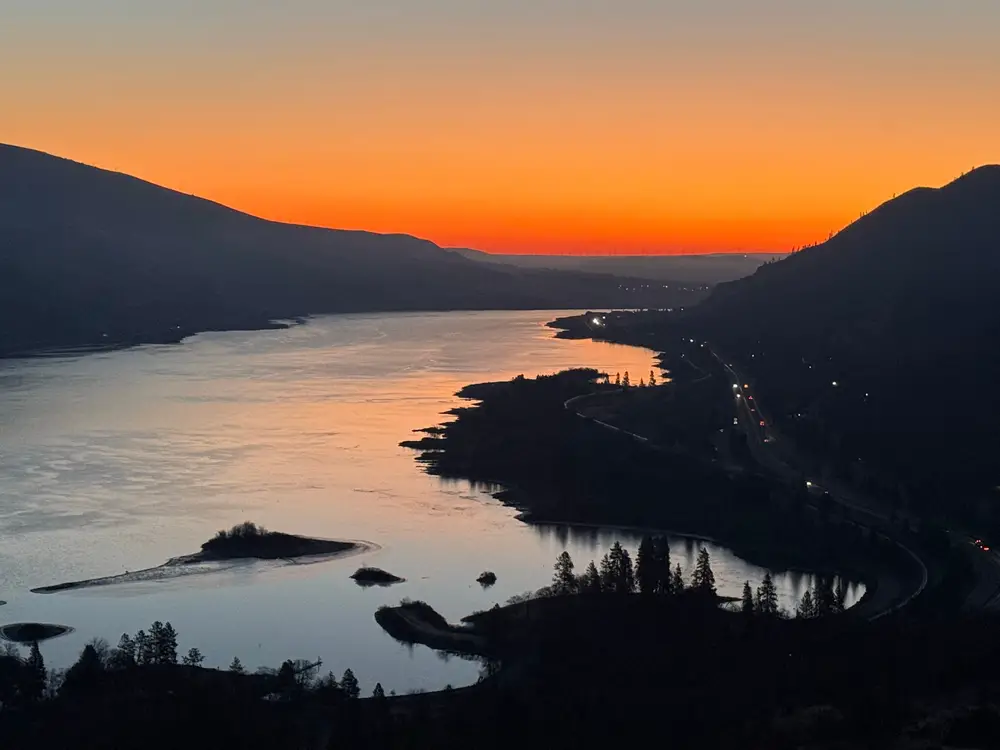
The Columbia River is a critical waterway in the Pacific Northwest, supporting diverse ecosystems and economic activities. However, pollution from industrial discharges and agricultural runoff has raised concerns about water quality. Mercury and other contaminants from factories can accumulate in the river, posing risks to both wildlife and human health. The river also suffers from nutrient pollution due to excess fertilizers washing off agricultural lands. Addressing these issues is vital to maintaining the river’s ecological and economic importance.
Hydroelectric dams on the Columbia contribute to its pollution challenges. While providing renewable energy, these dams can disrupt fish migration and alter water temperatures, affecting aquatic life. Efforts to improve fish passage and manage water flow are crucial for protecting the river’s ecosystems. Collaborative efforts between industries, communities, and policymakers are necessary to restore the Columbia River’s health. Ensuring its future is vital for the region’s economy and environment.
15. Rio Grande

The Rio Grande is a lifeline for the southwestern United States, serving as a crucial water source for agriculture, industry, and communities. Unfortunately, pollution from urban runoff and agricultural activities threatens its health. Nutrient pollution from fertilizers can lead to algal blooms, affecting water quality and aquatic life. Addressing this issue requires implementing better land use management and sustainable farming practices. Protecting the Rio Grande is essential for ensuring a reliable water supply for the region.
Over-extraction of water is another significant challenge for the Rio Grande. As demand increases, the river’s flow is drastically reduced, affecting its ecosystem and reducing water availability. Water conservation efforts and improved allocation practices are vital for preserving this precious resource. Collaborative efforts between states and communities are necessary to protect the Rio Grande. Ensuring its health is critical for the region’s economy and environment.
